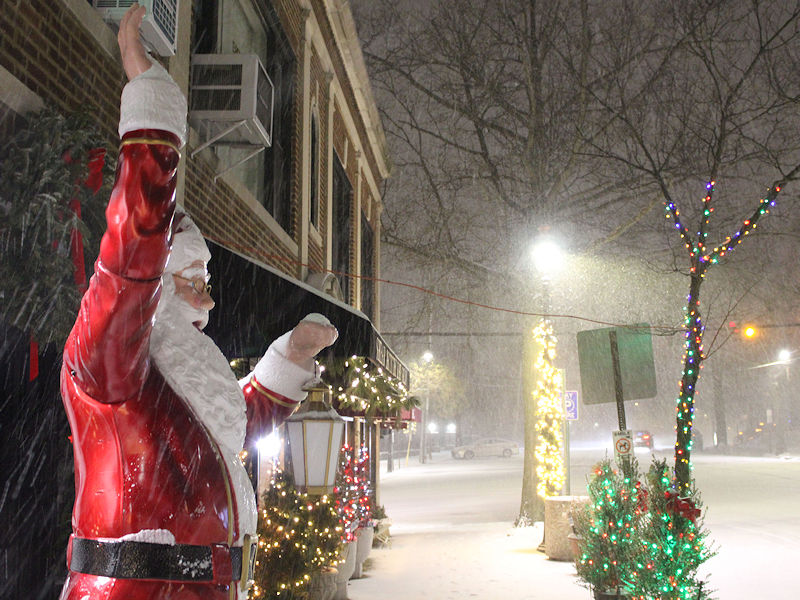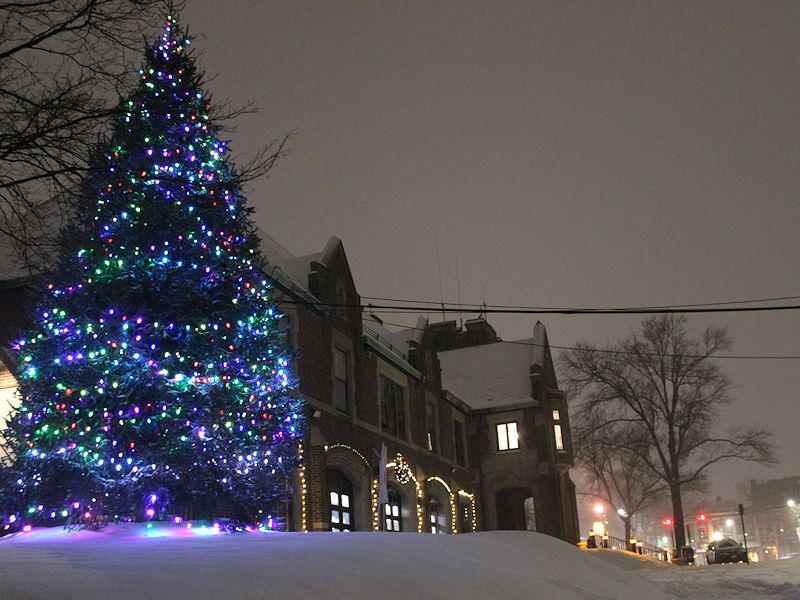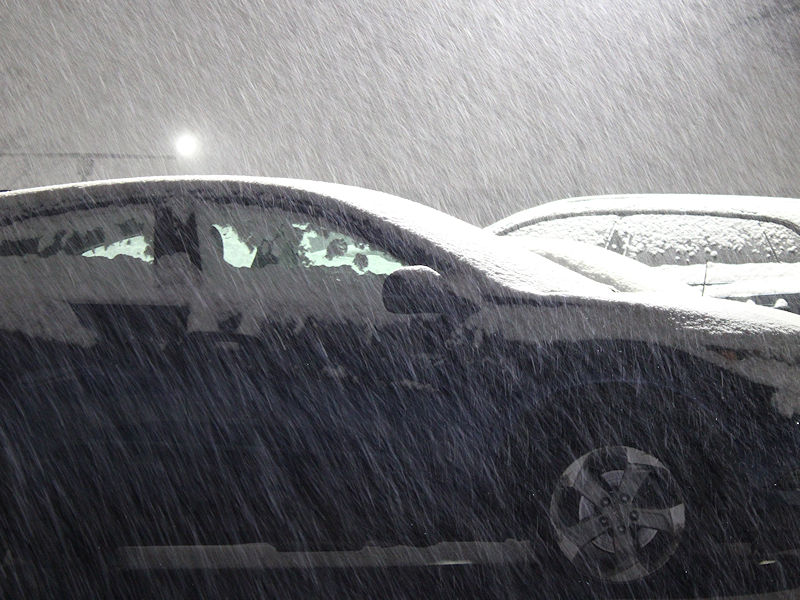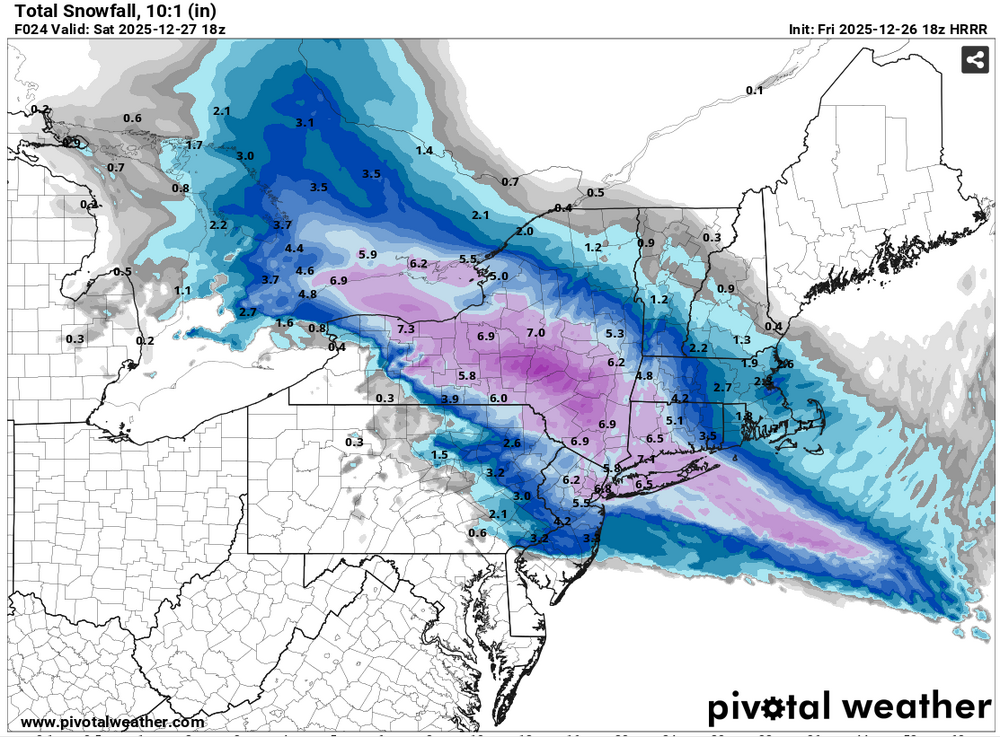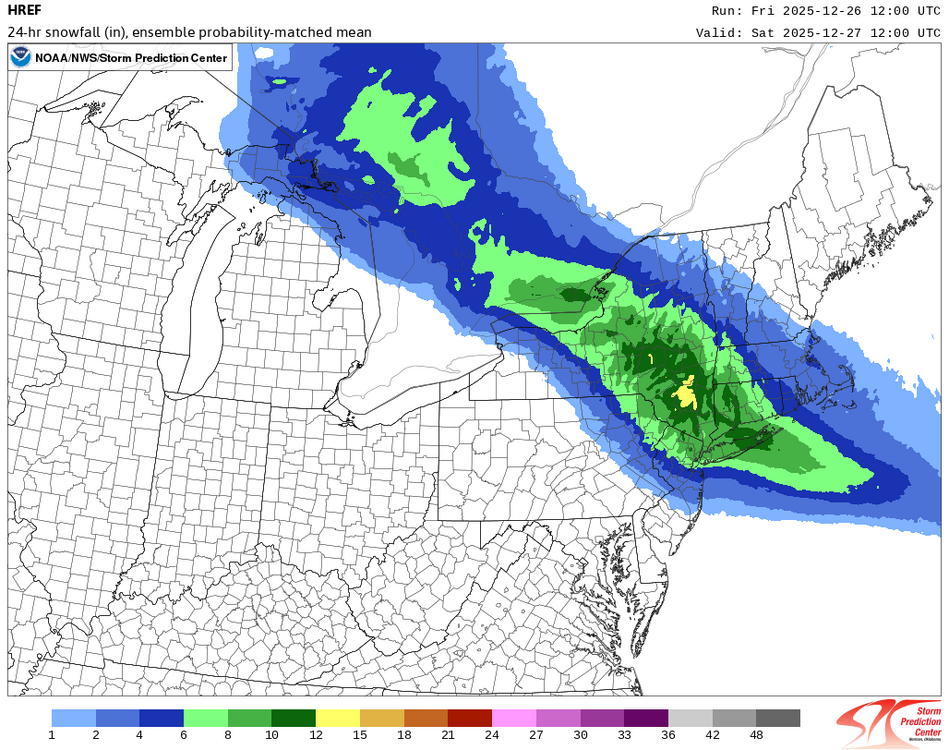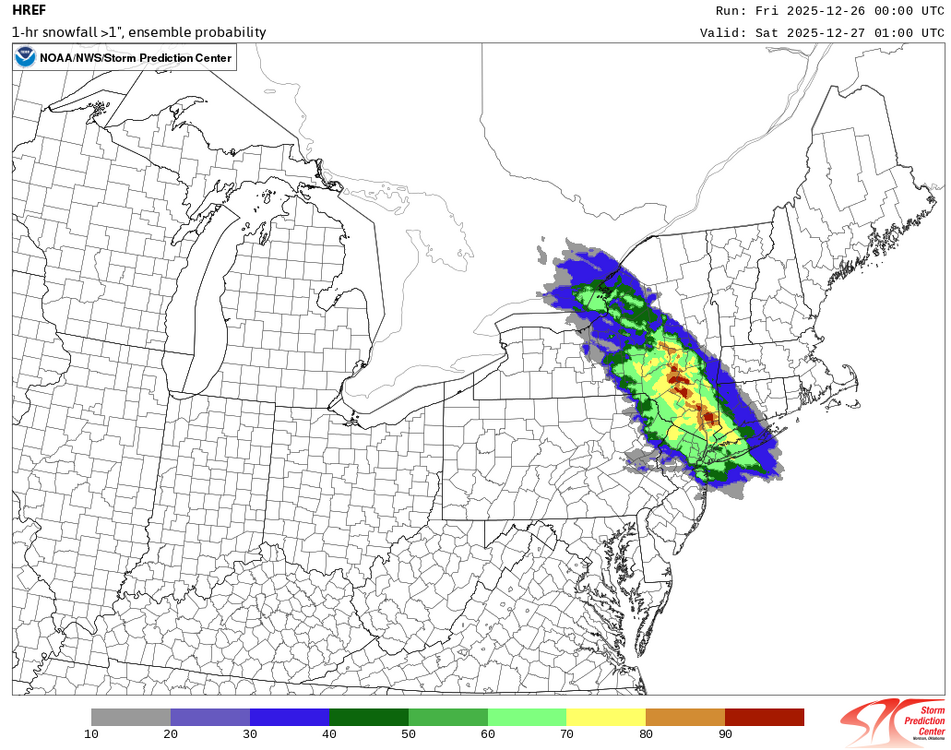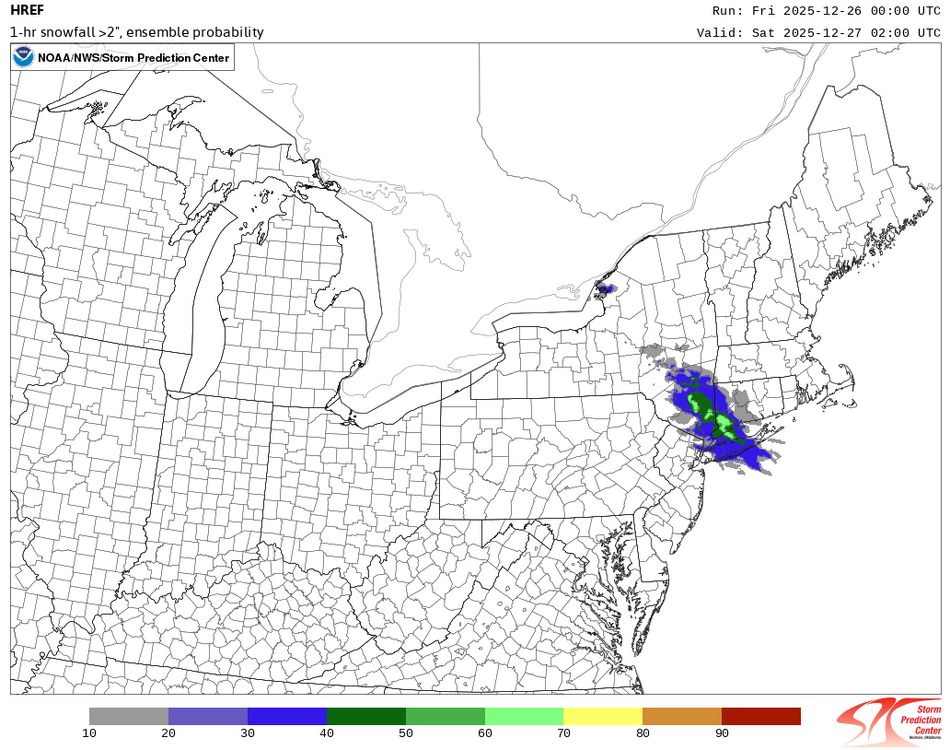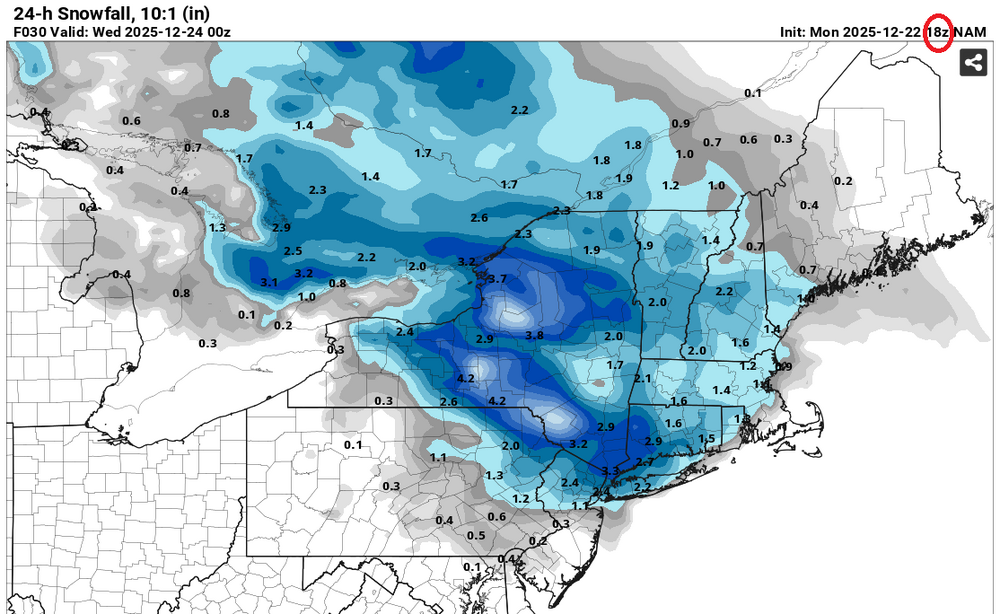-
Posts
23,000 -
Joined
About donsutherland1

Contact Methods
-
Website URL
http://wintercenter.homestead.com/photoindex.html
Profile Information
-
Four Letter Airport Code For Weather Obs (Such as KDCA)
KNYC
-
Gender
Male
-
Location:
New York
Recent Profile Visitors
The recent visitors block is disabled and is not being shown to other users.
-
Thank you, Volcanic Winter.
-
- 614 replies
-
- 11
-

-

-
-
0.5" in Larchmont, NY.
-
First NAM bust incoming... According to the 12/26 18z NAM (using four algorithms on Bufkit), 1.2"-1.5" of snow was expected at Binghamton before the transition to several hours of sleet. Binghamton has seen snowfall approaching 3.0" as of 5:05 pm with moderate continuing snow to fall.
-
Light-to-moderate snow in Larchmont. The ground is coated.
-
Light snow has reached Larchmont in southern Westchester County.
-
Snow is now approaching the New York City region. Snow is currently falling in northeastern Pennsylvania, parts of southeastern New York State and extreme northwestern New Jersey. The snow will fall moderately to even heavily for a time during the first half of tonight. Sleet or freezing rain could mix in toward the end of the storm in parts of the region. A general 4"-8" snowfall is likely in and around the New York City area. Some locally higher amounts are possible. Areas to the south and west of New York City will see a larger share of precipitation fall as sleet. As a result from central New Jersey southward, snow accumulations will be noticeably lower. Philadelphia could pick up a coating to 2" of mainly sleet. The storm will be followed by a chilly weekend. A storm cutting to the Great Lakes could bring some rain and milder weather on Monday before cold air returns to close out December. The closing days of December will likely be colder than normal. December 2025 will very likely finish with a maximum monthly temperature below 60° in New York City. The last time that happened was in 2019 when the monthly high was 58°. If 2025 has a monthly high below 60°, that would be only the fifth such occurrence since 2000 (2003, 2004, 2005, and 2019 are the cases since 2000). The ENSO Region 1+2 anomaly was -0.6°C and the Region 3.4 anomaly was -0.8°C for the week centered around December 17. For the past six weeks, the ENSO Region 1+2 anomaly has averaged -0.40°C and the ENSO Region 3.4 anomaly has averaged -0.68°C. La Niña conditions will likely continue through at least mid-winter. The SOI was -0.88 today. The preliminary Arctic Oscillation (AO) was -0.705 today. Based on sensitivity analysis applied to the latest guidance, there is an implied near 100% probability that New York City will have a cooler than normal December (1991-2020 normal). December will likely finish with a mean temperature near 34.0° (5.1° below normal). That will make December 2025 the coldest December since 2010 when the monthly mean temperature was 32.8°. It would also make 2025 the third coldest December since 2000. Supplemental Information: The projected mean would be 3.4° below the 1981-2010 normal monthly value.
-
I'll do the 18z HRRR, too. I think that model is often cold-biased, but let's see how it does. 18z HRRR. I will also compare the 18z NAM and 18z HRRR. My point estimates: Bridgeport: 8.0" Islip: 7.9" New York City (Central Park): 5.8" Newark: 4.8"
-
For fun, let's compare the 18z NAM with the NWS for select locations that provide snowfall reports: 18z NAM: NWS Forecast: I will be looking at the other 18z guidance. For now, I still think a general 4"-8" snowfall is likely in and around New York City (including all of the above locations).
-
Coming back from the New York Botanical Garden and its lonely blooming camellia, and reading the many pages that have accumulated in this thread, it seems that chaos ruled. Seemingly with every model in every cycle, the forecast has changed. Posts proclaimed a confidence-boosting snowfall. Others stripped it all away. Snowfall totals advanced, retreated, and advanced again. There were calls for confidence. There were calls for panic. The furious activity over a few hours suggested that AmWx readers were frantically refreshing their phones the way sailors once scanned the horizon, hoping the weather would make up its mind (or at least those posting on the forthcoming storm would). Reading the alternating encouraging and dampening posts felt like whiplash. By the end of the thread, no one truly could know what to plan for. Reading the ups and downs and twists and turns was like sitting in a plane on final approach while the pilot yanked the controls left, then right, then left again, never really committing to the runway. In fact, in synoptic terms, things have been far less chaotic. Most of the reliable guidance has continued to be a model of fairly impressive consistency for the snow-starved New York City region. The New York City area, Hudson Valley, southwestern Connecticut, and parts of Long Island remain in line for a moderate-to-significant snowfall (4"-8"). The real battle zone where uncertainty and drama have reigned has been southwest of there from central New Jersey southward and northeast of there into Massachusetts. Will Philadelphia be left with only miserable sleet and freezing rain? Will some of the steady snow cross Storrow Drive into downtown Boston? The latest HREF shows that things remain on track. As is typically the case, if one reduces the categories of snowfall by one category e.g., 6"-8" is reduced to 4"-6", one gets a good picture of what is likely at this stage while taking into consideration the modest uncertainty that still exists. Even a two-category reduction would yield 4"-6" for most of New York City. Meanwhile, snow is advancing through western New York State. New York City is poised to see its biggest snowfall since January 28-29, 2022 when 8.5" fell.
-
For fun, my point estimate for Central Park is 5.8" with a general 4"-8" in and around the City.
-
The overnight guidance has reaffirmed the idea of a 4"-8" snowfall in and around the New York City area. Much of the snow could fall during a 3-hour stretch during the evening when snowfall rates approach or reach 1" per hour. Parts of the Hudson Valley and western Connecticut could see even more intense hourly snowfall rates. During the height of the storm, snow-to-liquid ratios could be 11:1-12:1 in the region. Ratios will fall as the mid-level warms and will likely be around 8:1 late in the storm. The storm could still end with some sleet in and around New York City. The risk of sleet increases the farther south and west one goes. The consistency of the quality guidance in focusing the heaviest snows on an area that covers New York City, the Hudson Valley, and western Connecticut provides confidence that this region will experience a significant snowfall. In terms of the EPS and GEFS, 90.2% of ensemble members show 4" or more snow for New York City. Just 1 member has 2". The range between lowest and highest amounts is 2"-8" on the ensembles. A much larger share of precipitation will fall as freezing rain and/or sleet farther south. Philadelphia will likely pick up a coating to 2" of mainly sleet. The lower part of that range is probably more likely than the upper end. In contrast, Boston will see the heaviest snows pass to its south. A 1"-3" snowfall is likely there. If Boston and Philadelphia see less than 2" of snow while New York City picks up 6" or more, that would be a very infrequent outcome. Since 1890, 175 storms have brought 6" or more snow to New York City, but just five saw both Boston and Philadelphia pick up less than 2" of snow. The most recent such storm occurred during February 26-27, 1991 when Boston saw 0.7", New York City picked up 8.9", and Philadelphia received 0.1". All said, New York City and its nearby suburbs remain in line for a 4"-8" snowfall. The snow should start overspreading the region during the mid- or late afternoon and work across Long Island during the early evening.
-
Max temp profile did ok using Bufkit. But these are the maps being posted to make claims about the snowfall (past storm and the upcoming one). Thus, my critique covers those maps. As noted previously, virtually none of the individual EPS and GEFS ensemble members supported the idea that NYC would see < 1” snow from the upcoming system. In fact, the quality guidance has consistently favored a 3”-6”/4”-8” event for the NYC area.
-
This was the NAM just over 12 hours before the onset of Tuesday's precipitation for NYC: Outcome: Trace not 2.4".







